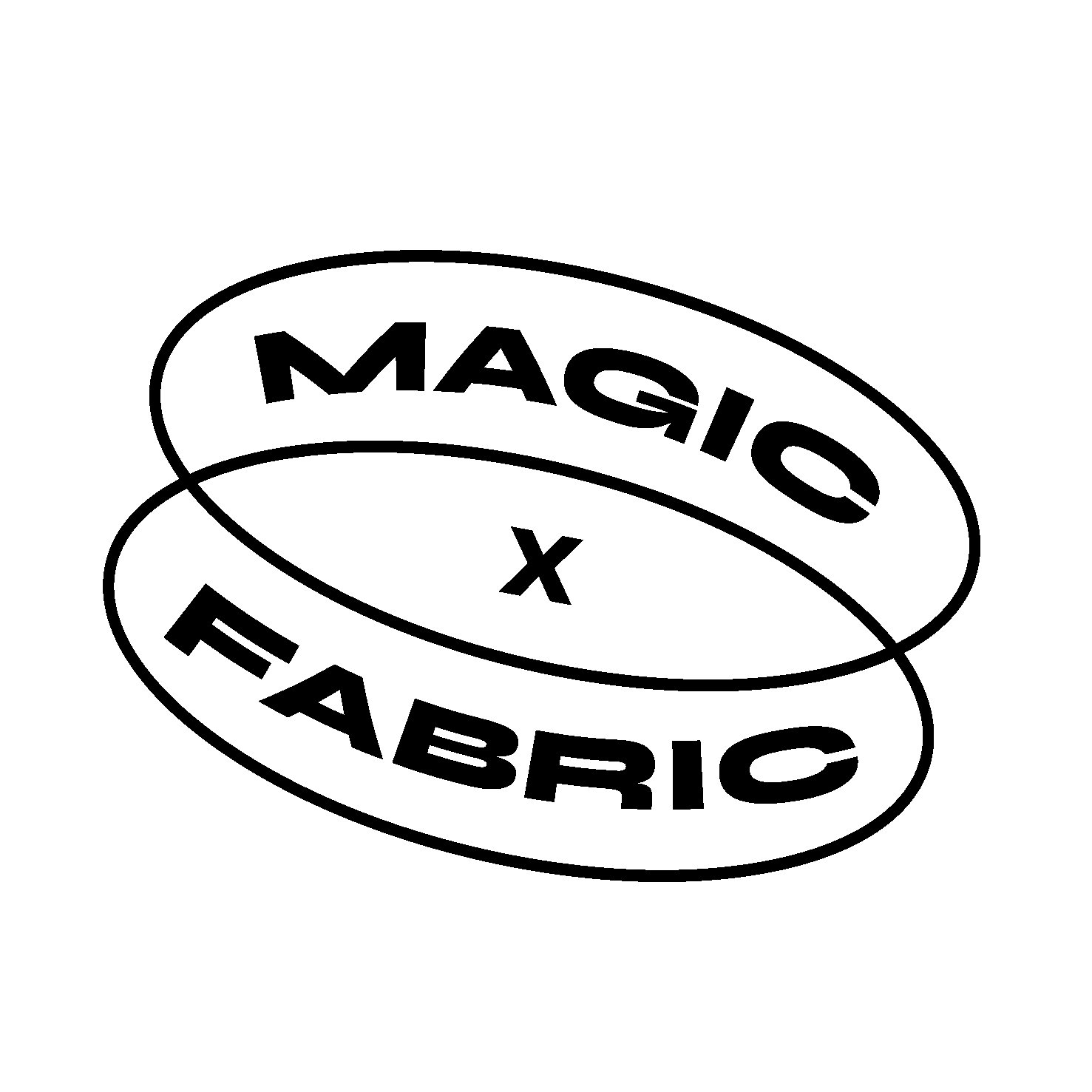
Embracing the Unreal: How Virtual Models Forge a New Beauty Paradigm
As technology continues to advance, the fashion industry is undergoing a remarkable transformation. One intriguing development of recent times is the emergence of virtual models. Instead of relying solely on human models, this groundbreaking technology allows for the creation of photorealistic virtual humans and AI-generated models to showcase clothing. This shift raises important questions: Does this mean that the entire profession is becoming obsolete? Moreover, with the increasing ease of manipulating and creating appearances, what does it mean for our beauty ideals? When we have unmatched power over aesthetic expressions, how will our views of beauty change?
Embracing Diversity and Representation
One significant advantage of virtual models is their ability to represent diverse sizes, shapes, and ethnicities. And that not only applies to editorial content, but studies show that people seem to prefer seeing a diverse set of body shapes and appearances when shopping online. Having multiple models wearing the same product not only makes the experience more attractive but also makes the shoppers more confident in their purchasing decisions. Not only can AI-generated imagery provide a better representation of its audience, but it can also do pretty much anything else. Fashion campaigns in the future can become even more imaginative and boundary-pushing – without having to fly people to an exotic beach on the other side of the world.
GAN generated models from ModelMe
What now?
So what happens when we can suddenly generate perfectly realistic models with any desired appearance? While this development opens up opportunities for diversity, there is also a potential risk of reinforcing harmful beauty ideals and body image standards. If virtual models are intentionally designed to be flawless in every aspect, they may perpetuate unrealistic beauty standards, much like the effects seen from the use of mobile face filters. It challenges us to reflect on the impact of these technologies on societal values and the perception of authenticity in the fashion and advertising realms.
The Rise of Deep Fake Fashion Models
Will virtual models eventually replace human models in the fashion industry? It’s challenging to predict with certainty, but it’s likely that virtual models will become increasingly prevalent. Already, we’ve witnessed fashion brands experimenting with virtual models in their campaigns.
Virtual influencers are computer-generated characters designed to engage with audiences on social media platforms. In recent years, they have gained significant popularity and have amassed large followings. These virtual influencers, with their unique personalities and curated aesthetics, have attracted collaborations with major brands and campaigns. At their peak, virtual influencers such as Lil Miquela, Shudu Gram, and Imma Gram were among the most popular and talked-about figures in the influencer landscape. While virtual influencers continue to have a dedicated fan base, it remains to be seen whether they maintain the same level of popularity and influence as before. These characters were mostly created using CGI, by big teams of professionals creating imagery close to real-life footage. As of today, the current developments in generative AI make it possible for amateurs to generate as good-looking imagery, and even potentially add AI interaction and speech. AI has simply changed the ballpark for digital creativity.
However, with all of this highly accessible technology, there’s also a risk of malicious use, such as creating deep fake fashion models resembling real celebrities or influencers without their consent. This violation of privacy can harm their reputation and mislead consumers who may struggle to distinguish between real and fake people.
CGI and AI-generated fashion models from DMIx / Verce

AI generated models from Lalaland
What can we expect from the future?
Human models possess things virtual models can’t replicate. In the fashion industry, human models will continue to play a crucial role as PR figures and brand ambassadors, bringing a human touch and relatability that resonates with consumers.
However, when it comes to product photography on e-commerce platforms, there lies great potential for innovation using AI. By leveraging artificial intelligence, retailers can offer shoppers a highly personalized experience that goes beyond the traditional wall of static pictures. This not only makes it easier for you to envision yourself in different outfits but also adds an exciting element to the shopping experience.
Just imagine a future where you, as a shopper, are provided with a digital replica of yourself, showcasing various clothing items that you can spin, move, and examine from multiple angles. This revolutionary approach enables a deeper understanding of how the clothing will fit and look on your unique body shape. Surprisingly, this futuristic shopping experience is closer than we think.
More reading:
Manipulating images like magic with DragGAN








